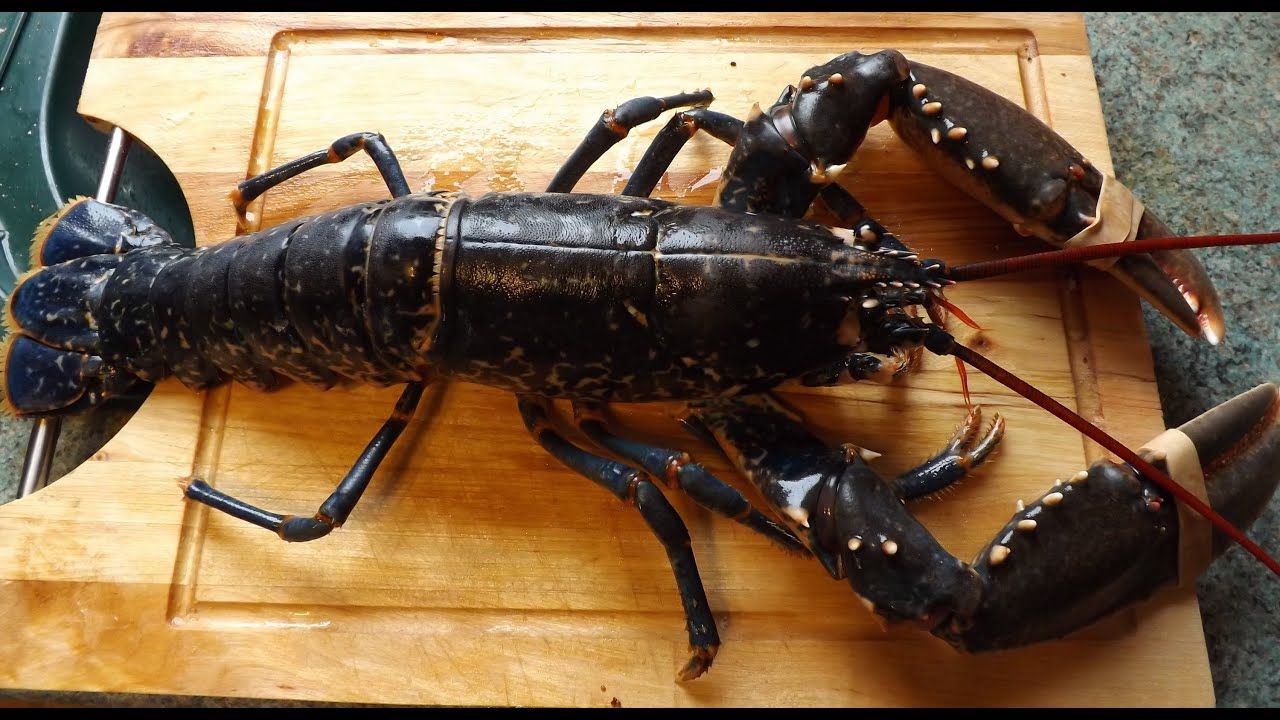

Articles
How To Store Fresh Lobster
Modified: February 24, 2024
Learn the best techniques for storing fresh lobster in this informative article. Keep your lobster fresh and delicious with these tips!
(Many of the links in this article redirect to a specific reviewed product. Your purchase of these products through affiliate links helps to generate commission for Storables.com, at no extra cost. Learn more)
Introduction
Indulging in fresh lobster is a culinary delight that seafood lovers can’t resist. Whether you’re lucky enough to live near a coastal region or you’ve just returned from a seaside vacation, knowing how to store fresh lobster properly is crucial to maintain its flavor and quality. The key to enjoying succulent lobster anytime lies in the correct handling, storing, and reheating techniques.
In this article, we will guide you through the process of storing fresh lobster, whether it’s live or cooked. We will also provide helpful tips to extend its shelf life and ensure that every bite remains as delicious as the first. So, let’s dive into the world of lobster storage and preservation!
Key Takeaways:
- Indulge in the freshest lobster by selecting live, high-quality lobsters with hard shells and a mild oceanic aroma. Properly store and handle them to savor the delectable flavors anytime.
- Extend the shelf life of lobster by storing live lobsters in a cool, moist environment and cooked lobsters in airtight containers. Reheat gently to maintain tenderness and enjoy the culinary delight for days to come.
Read more: How To Store Lobster Mushrooms
Selecting the Perfect Lobster
When it comes to storing fresh lobster, it’s crucial to start with the highest quality. Here are a few tips on selecting the perfect lobster:
- Choose live lobsters: To ensure the freshest and most flavorful results, opt for live lobsters. Look for lobsters that are active, with strong movements in their claws and tails. This indicates that they are healthy and haven’t been stored for too long.
- Consider size and weight: The size of the lobster can impact cooking and storage times. Larger lobsters generally have more meat and longer cooking times, while smaller lobsters are more tender and cook faster. Choose the size that aligns with your preferences and cooking plans.
- Inspect the shell: A lobster with a hard shell is an indication of a mature and freshly caught lobster. Avoid lobsters with cracked or damaged shells, as this can lead to spoiled meat.
- Check for freshness: The lobster should have a mild oceanic aroma and its meat should be firm and elastic. Avoid lobsters that have a strong fishy odor or meat that feels mushy.
By selecting high-quality, live lobsters with these factors in mind, you’re already on the right track to storing a delectable seafood feast.
Preparing the Lobster for Storage
Once you’ve selected the perfect lobsters, it’s important to prepare them properly for storage. Here are the steps to follow:
- Keep them cool: Lobsters are best stored in a cool environment to maintain their freshness. Place them in a container or a large bowl and cover them with a damp cloth or seaweed to keep them moist.
- Remove bands or ties: If the lobsters were purchased with bands or ties on their claws, it’s important to remove them before storing. This will prevent any unnecessary stress or injury to the lobsters.
- Keep them separate: It’s crucial to store the lobsters individually, especially if they are alive. This will prevent any unnecessary fighting or damage to their delicate bodies.
- Handle with care: When handling live lobsters, it’s important to be gentle and avoid any rough movements or dropping them. This will help prevent any injuries or stress to the lobsters.
By taking these steps to prepare the lobsters for storage, you’re ensuring their well-being and setting the stage for a delicious meal in the future.
Storing Live Lobsters
If you’ve brought home live lobsters, it’s essential to store them properly to maintain their vitality and flavor. Here’s how to do it:
- Keep them cool: Lobsters are cold-water creatures, so it’s important to store them in a cool environment. The ideal temperature is between 34 to 40 degrees Fahrenheit (1 to 4 degrees Celsius). You can achieve this by storing them in the refrigerator.
- Avoid direct contact with ice: While lobsters thrive in cold temperatures, direct contact with ice can harm them. Place a layer of seaweed or a damp cloth at the bottom of a container, and then arrange the lobsters on top.
- Moisten the seaweed: If you’re using seaweed, make sure to keep it moist to maintain the humidity around the lobsters. Sprinkle some water over the seaweed periodically to prevent it from drying out.
- Loosely cover the container: To prevent the lobsters from escaping while allowing some airflow, loosely cover the container with a damp cloth or plastic wrap. This will also help maintain the moisture level.
It’s important to note that live lobsters can only stay fresh for a short period. It’s best to consume them within 24 to 48 hours after purchase for the best taste and quality. Make sure to confirm the expiration date of your lobsters and plan your meal accordingly.
After purchasing fresh lobster, store it in the coldest part of your refrigerator, ideally between 32-35°F. Keep it in a breathable container, like a paper bag or a damp towel, and use it within 1-2 days for the best quality.
Storing Cooked Lobsters
If you have cooked lobsters that you plan to store for later consumption, following the proper storage techniques will help maintain their flavor and texture. Here’s how you can store cooked lobsters:
- Cool down the lobsters: Allow the cooked lobsters to cool down to room temperature before storing them. This will prevent condensation and maintain the quality of the meat.
- Remove the meat from the shell (optional): If you prefer to store the lobster meat separately from the shell, carefully remove it using a lobster cracker or kitchen shears. This can make it easier to reheat or use in various lobster dishes later on.
- Place in an airtight container: Transfer the cooked lobsters or the lobster meat to a clean and airtight container. Ensure the container is large enough to hold the lobsters without squishing or damaging the meat.
- Refrigerate promptly: Place the container with the cooked lobsters or lobster meat in the refrigerator as soon as possible. The recommended temperature is between 32 to 40 degrees Fahrenheit (0 to 4 degrees Celsius).
- Use within 2 to 3 days: Cooked lobster meat should be consumed within 2 to 3 days of storage for the best quality. Be sure to check for any signs of spoilage or off-putting odors before consuming.
By following these steps, you can store cooked lobsters and enjoy them later in various dishes or simply reheated for a quick and delicious meal.
Read more: How To Store Lobster
How to Reheat Lobster
Reheating lobster is a delicate process to ensure that the meat retains its tenderness and doesn’t become overcooked or rubbery. Here are a few methods you can use to reheat lobster:
- Steaming: Steaming is a gentle method that helps retain moisture and prevent the lobster meat from drying out. Bring a pot of water to a simmer and place a steaming basket or colander over it. Arrange the lobster pieces in the basket, cover it with a lid, and let them steam for about 4 to 6 minutes until heated through.
- Oven method: Preheat your oven to 350 degrees Fahrenheit (175 degrees Celsius). Wrap the lobster in aluminum foil and place it on a baking sheet. Heat the lobster for about 8 to 10 minutes until it’s thoroughly heated. Be cautious not to overheat, as it can cause the meat to become tough.
- Sautéing: This method is ideal for reheating lobster meat that has been removed from the shell. Heat a bit of butter or oil in a skillet over medium heat. Add the lobster meat and cook for about 3 to 4 minutes, tossing gently to warm it evenly.
- Microwaving: While microwaving is a quick method, it can lead to uneven heating and potentially overcooked lobster. If using a microwave, place the lobster in a microwave-safe dish, cover it with a damp paper towel, and microwave in 30-second intervals. Check and rotate the lobster each time until it’s heated through.
Regardless of the method you choose, remember that reheating should be done gently and for a short amount of time to prevent drying out or toughening the lobster meat. Test the temperature of the lobster before serving to ensure it’s thoroughly reheated.
Tips for Extending Lobster Shelf Life
To maximize the shelf life of lobsters and keep them fresh for as long as possible, consider the following tips:
- Buy live lobsters as close to your planned mealtime as possible. The fresher the lobster, the longer it will stay fresh.
- If you can’t cook and consume the live lobsters immediately, store them in the refrigerator as soon as possible in a cool, moist environment. Aim to use them within 24 to 48 hours.
- Keep the live lobsters separate to avoid any fighting or injuries. This will prevent stress and promote longevity.
- Store live lobsters in a well-ventilated container. Avoid covering them tightly, as airflow is essential to maintain their freshness.
- If you plan to store cooked lobster meat, remove it from the shell before storing. This will help prevent spoilage and allow for easier reheating.
- Ensure there are no cracks or damage in the shells before cooking or storing lobster. Damaged shells can lead to bacteria growth and spoilage.
- Regularly check the lobsters or lobster meat for any signs of spoilage, such as a strong odor, sliminess, or discoloration. If any of these signs are present, discard the lobster immediately.
- Properly seal and label any containers used for storing lobster to prevent cross-contamination with other foods in the refrigerator.
- If you have leftover cooked lobster and are unsure if you will consume it within 2 to 3 days, consider freezing it in an airtight container or freezer bag. Frozen lobster can last up to 3 months.
- Thaw frozen lobster in the refrigerator before reheating or using it in recipes. Avoid thawing at room temperature to prevent bacterial growth.
By following these tips, you can extend the shelf life of lobster and make the most of your seafood investment.
Conclusion
Storing fresh lobster properly is essential to preserve its flavor, texture, and quality. Whether you have live lobsters or cooked lobster meat, following the right storage techniques can ensure that every bite is as delicious as the first.
When selecting lobsters, opt for live ones that are lively, have a hard shell, and a mild oceanic aroma. Prepare them for storage by keeping them cool, removing any bands or ties, and handling them gently.
For live lobsters, store them in a cool environment, such as the refrigerator, with a damp cloth or seaweed to maintain humidity. For cooked lobsters, cool them down to room temperature before storing them in an airtight container in the refrigerator.
When it comes to reheating lobster, choose a method that retains moisture and prevents overcooking. Steaming, sautéing, or using the oven are all viable options, but be careful not to overheat the lobster, as it may become tough.
To extend the shelf life of lobsters, aim to purchase them as close to your mealtime as possible, store them separate to avoid injury, regularly check for spoilage signs, and consider freezing any leftover cooked lobster.
By following these guidelines, you can ensure that your fresh lobster stays scrumptious and ready to be enjoyed whenever you’re ready for a seafood feast. So go ahead, savor the succulent flavors and indulge in the culinary experience that fresh lobster provides.
Frequently Asked Questions about How To Store Fresh Lobster
Was this page helpful?
At Storables.com, we guarantee accurate and reliable information. Our content, validated by Expert Board Contributors, is crafted following stringent Editorial Policies. We're committed to providing you with well-researched, expert-backed insights for all your informational needs.

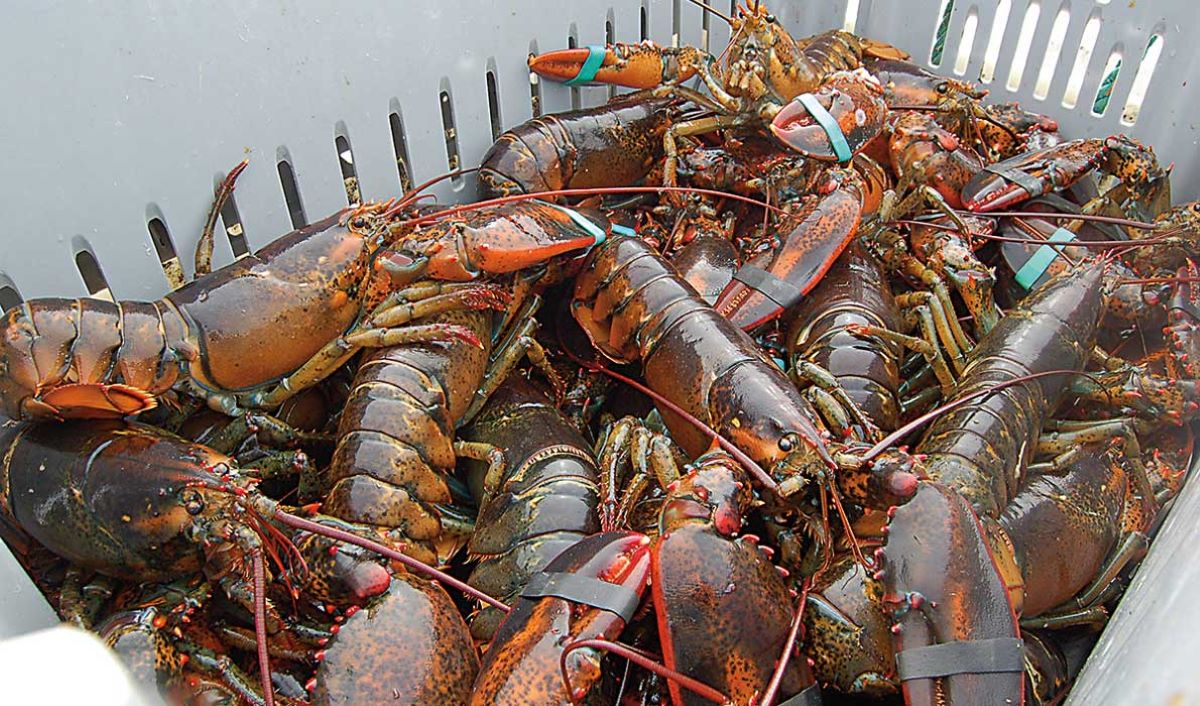
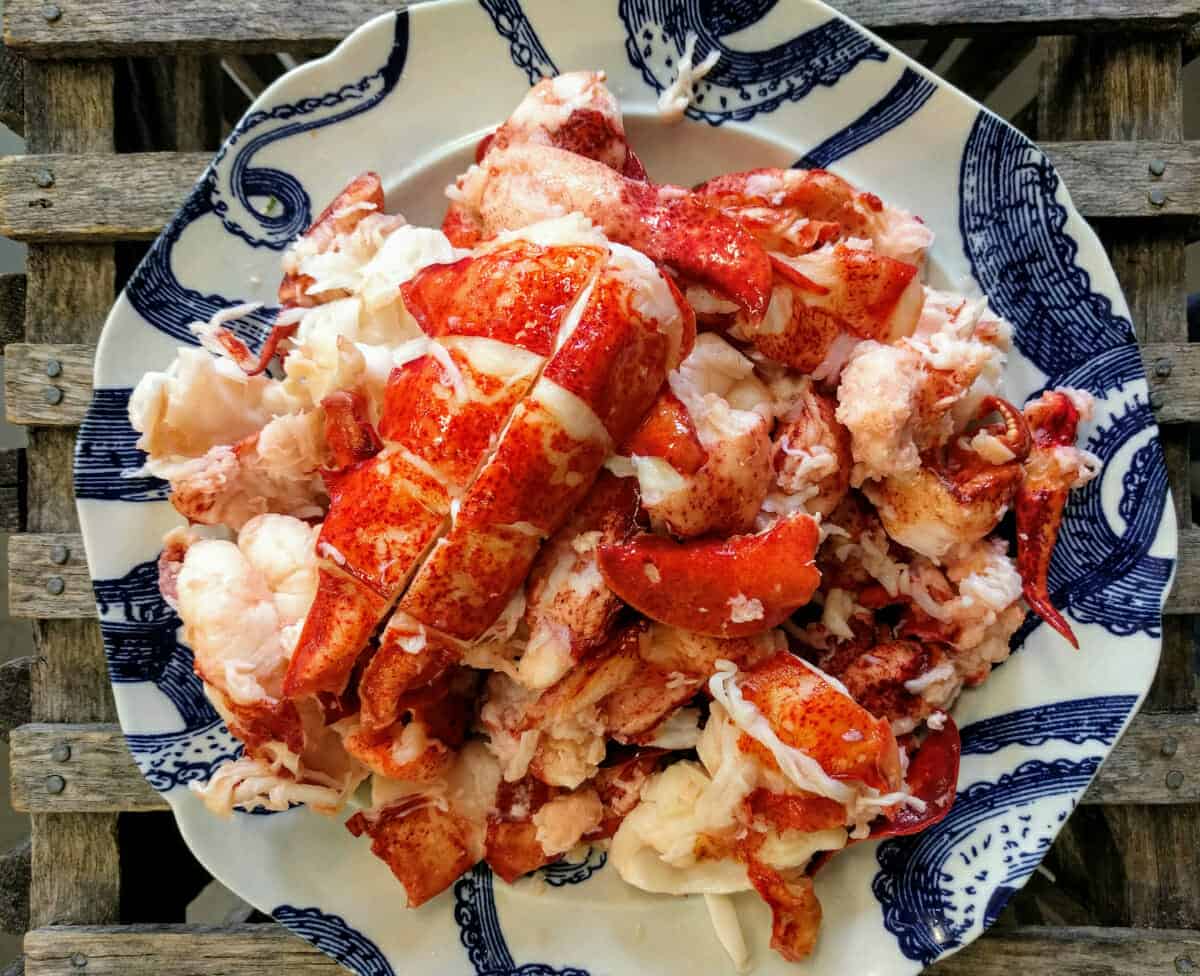
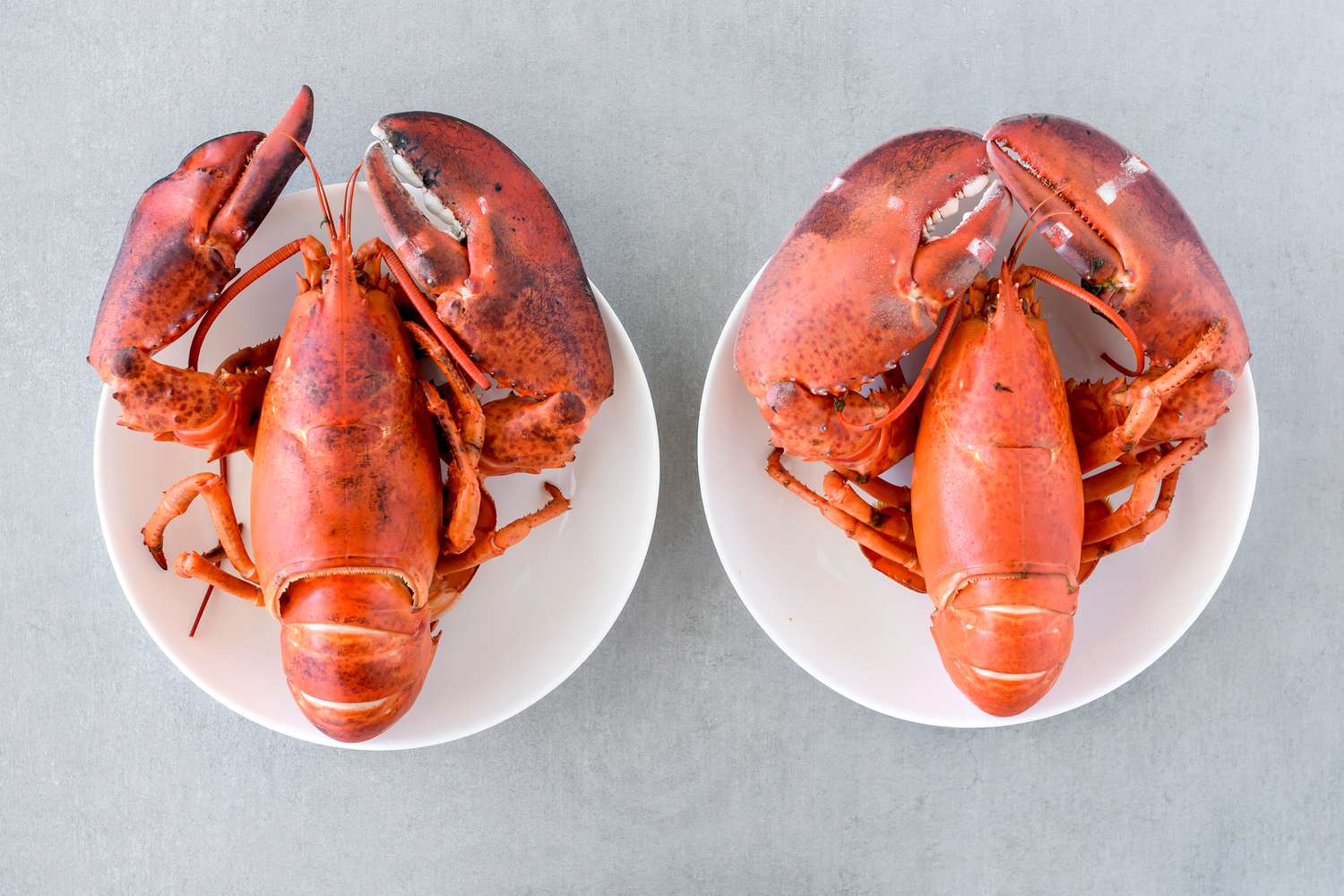
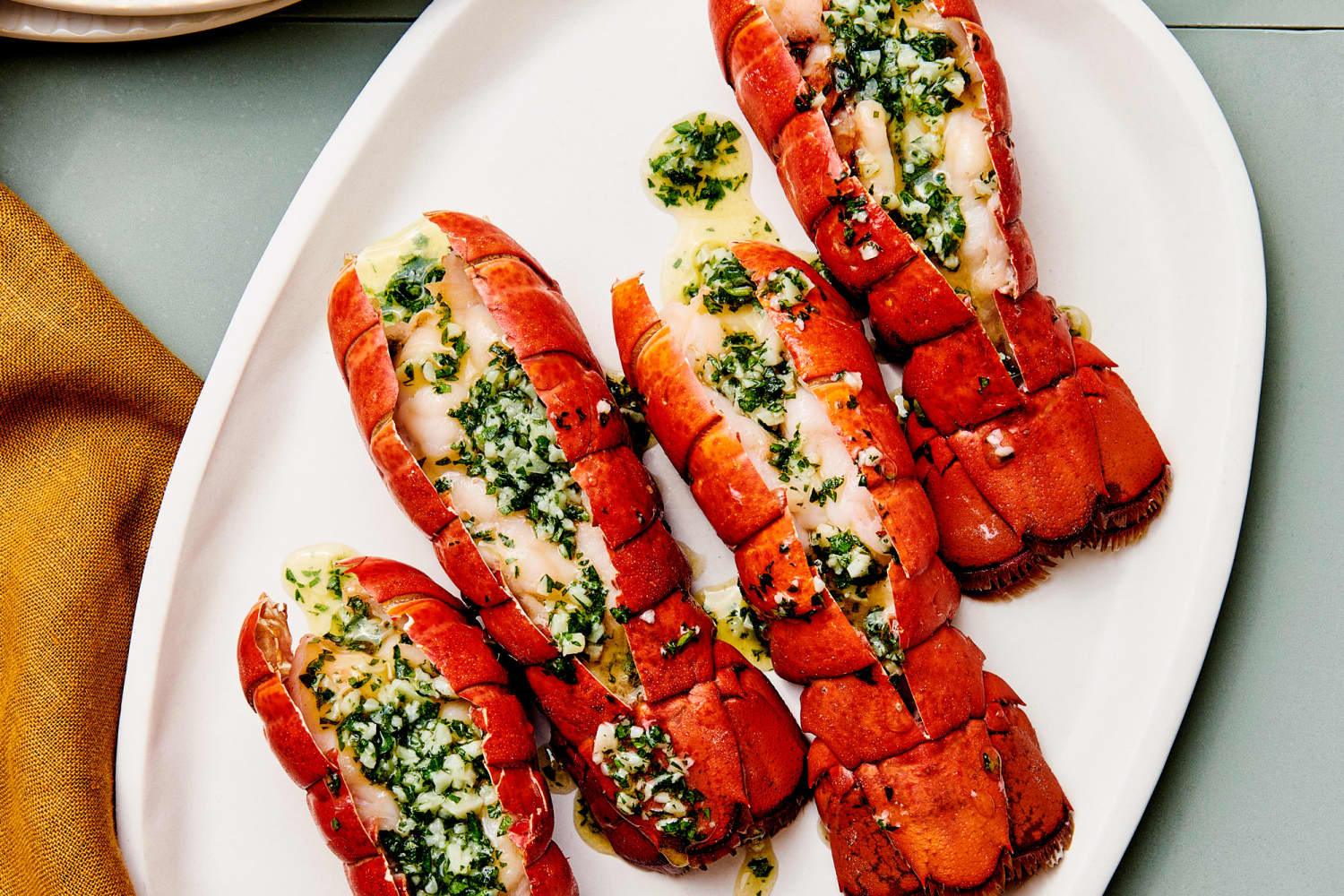
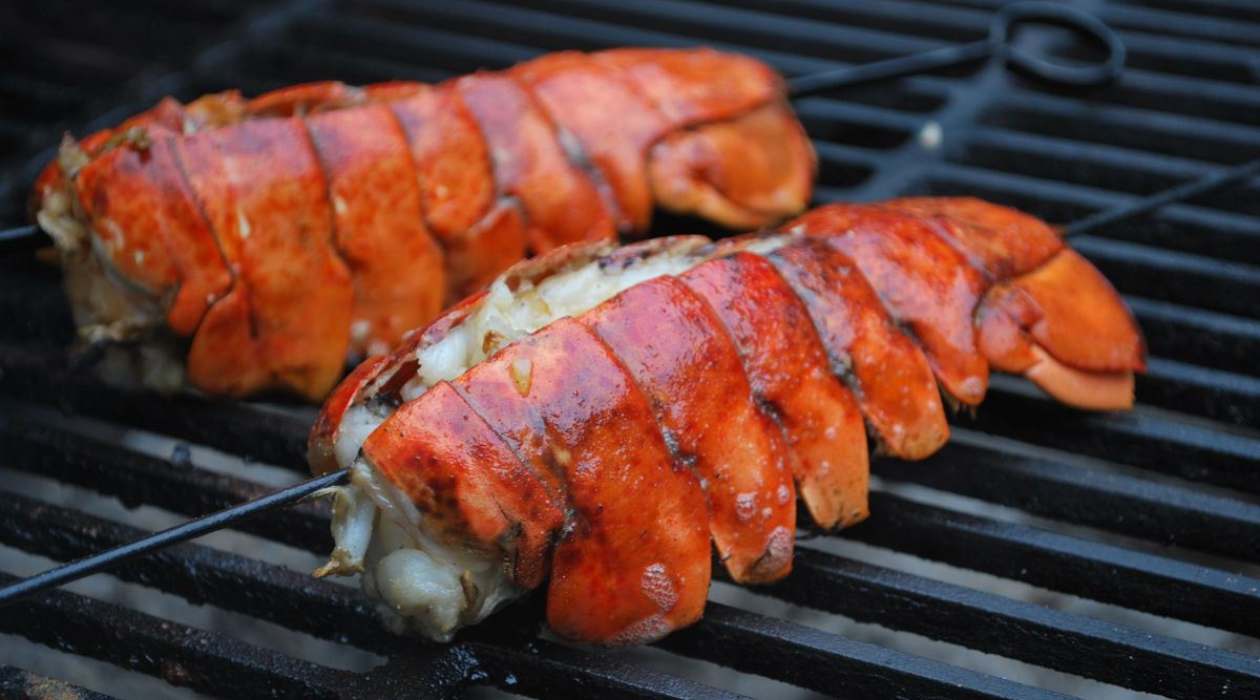
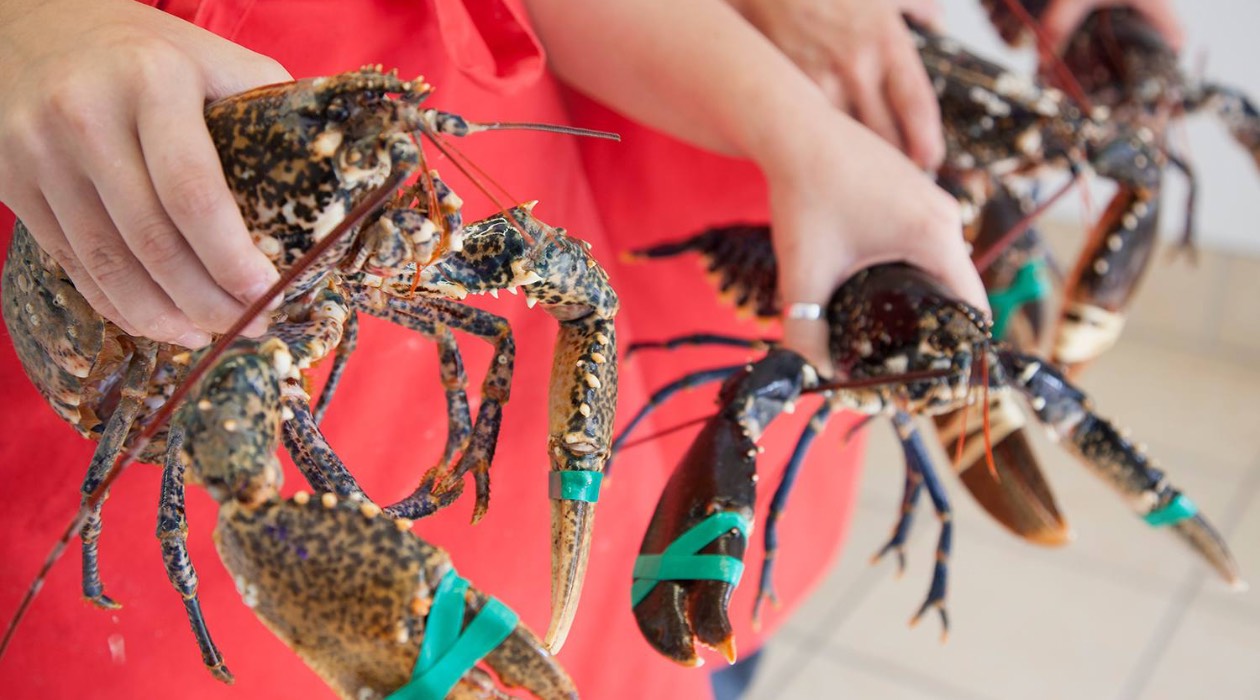
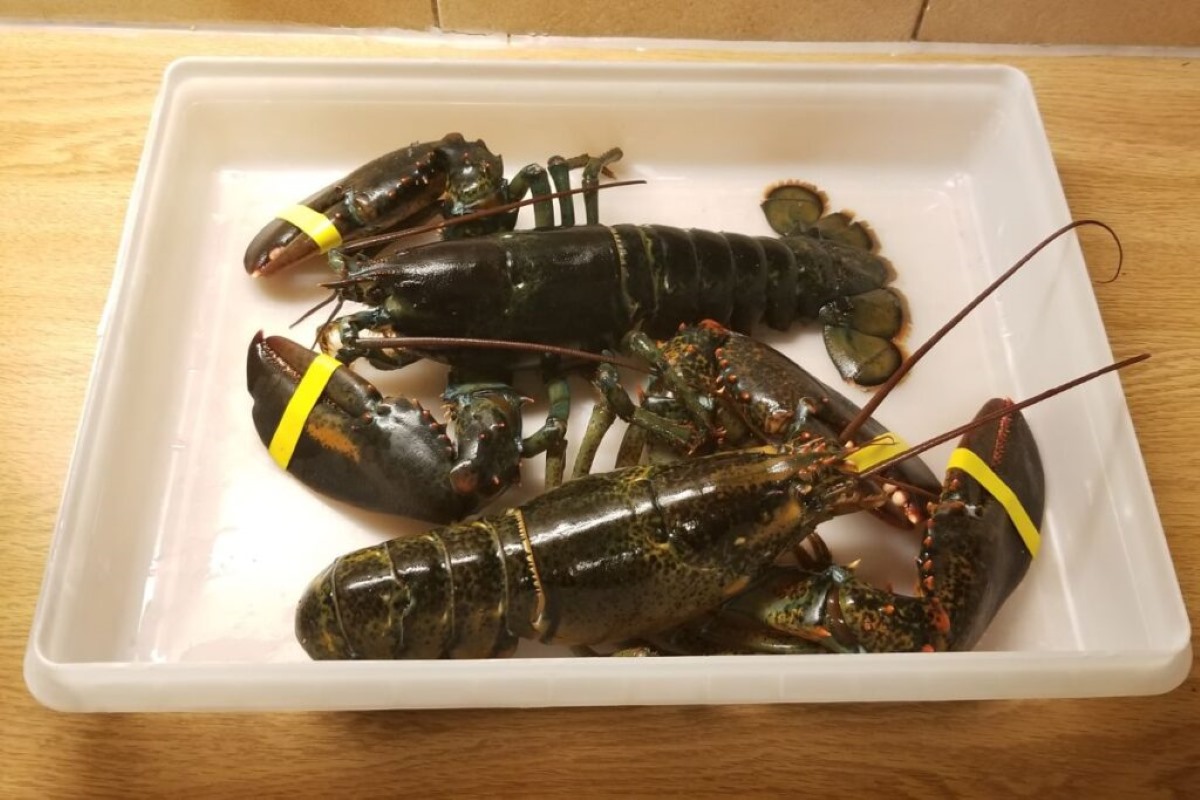
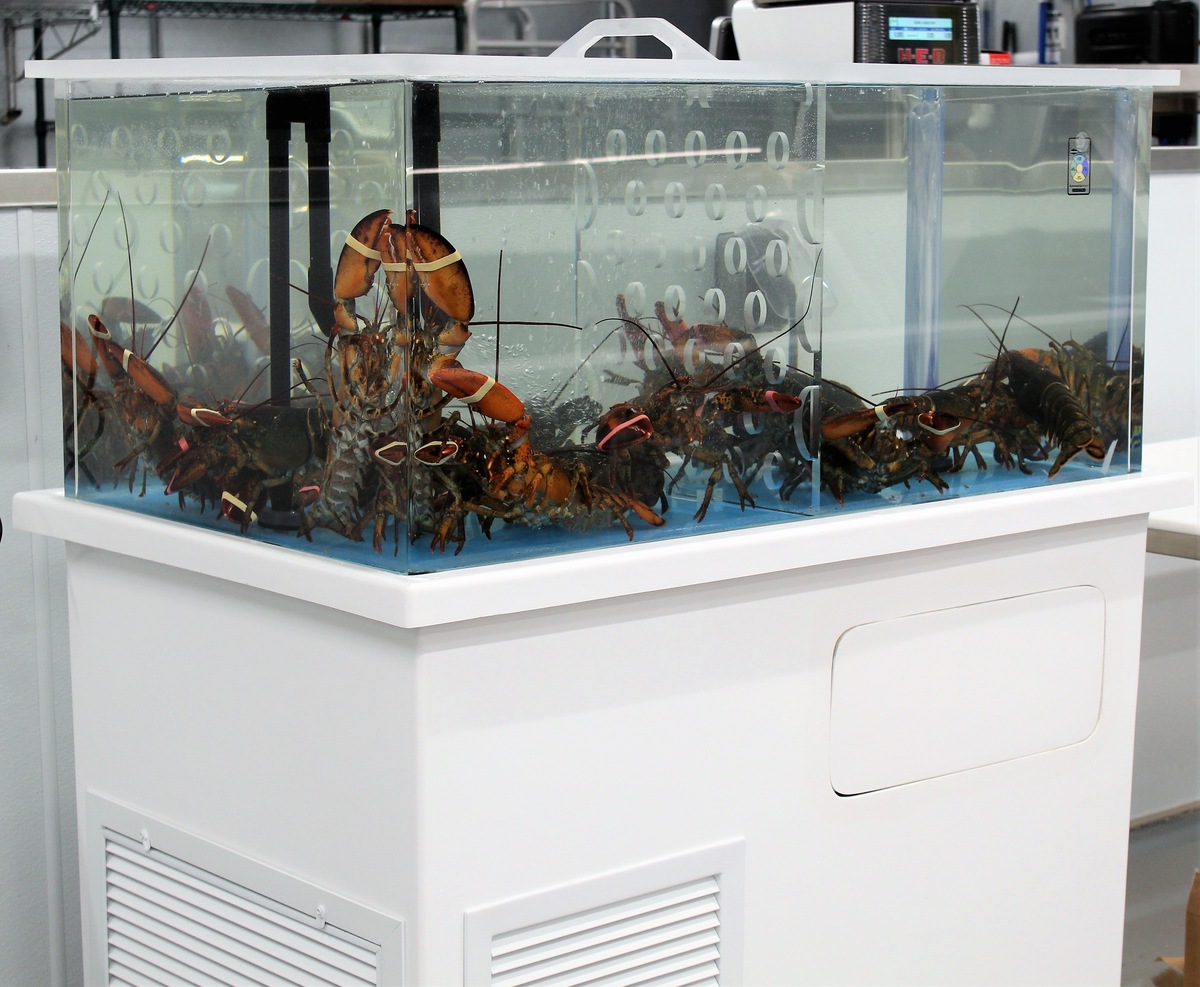
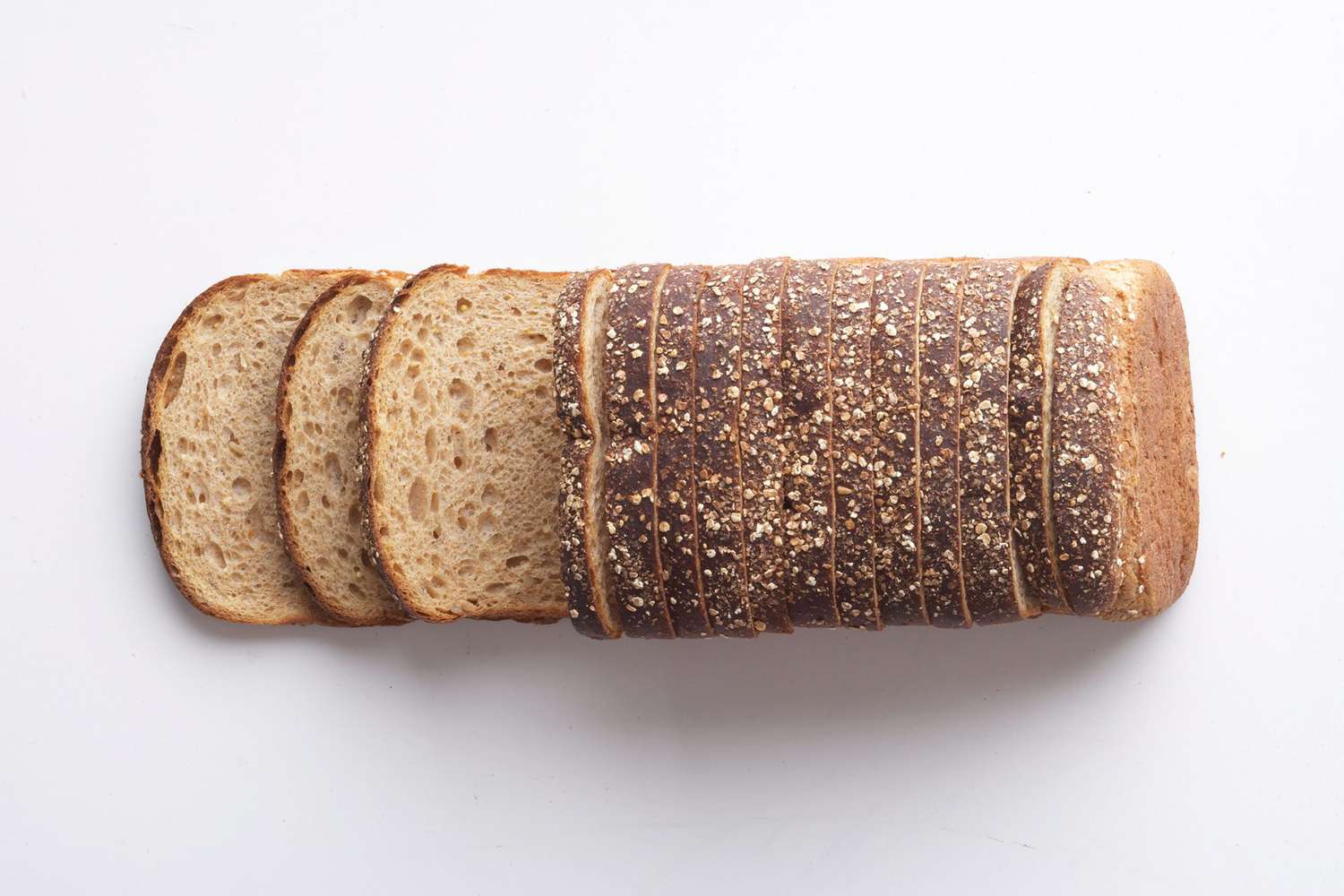
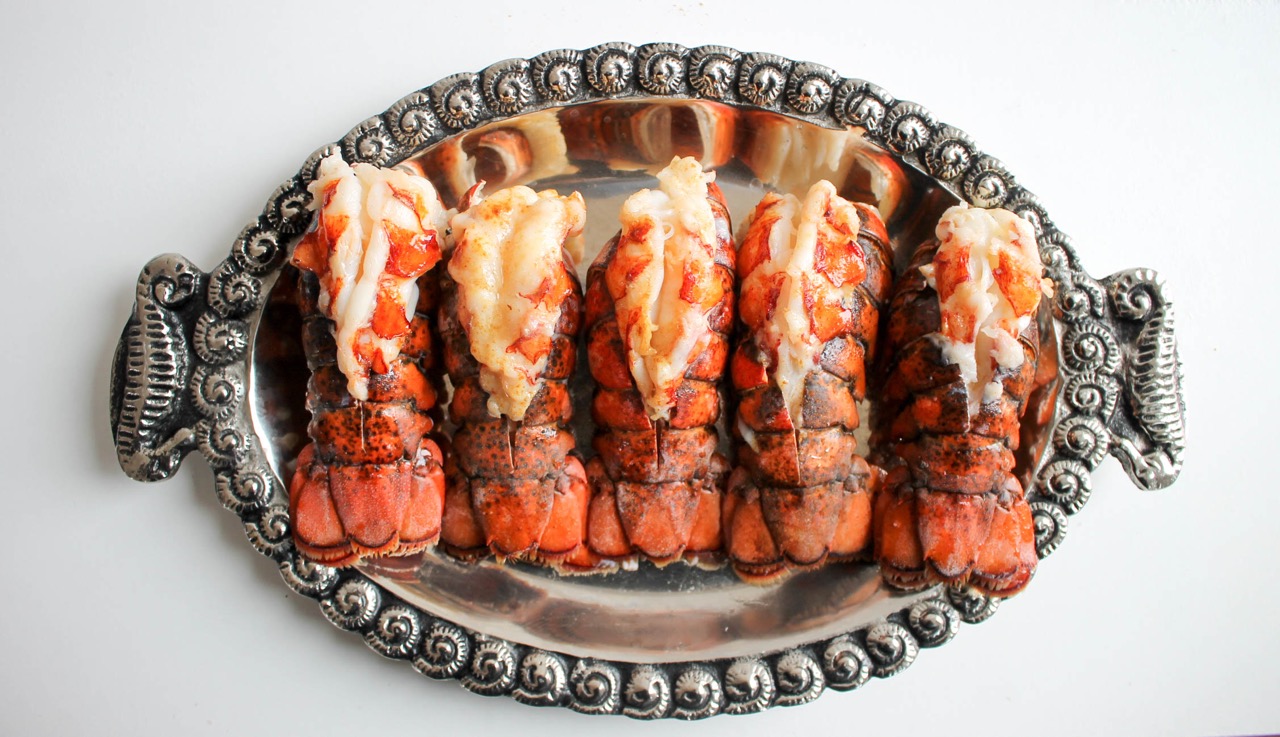
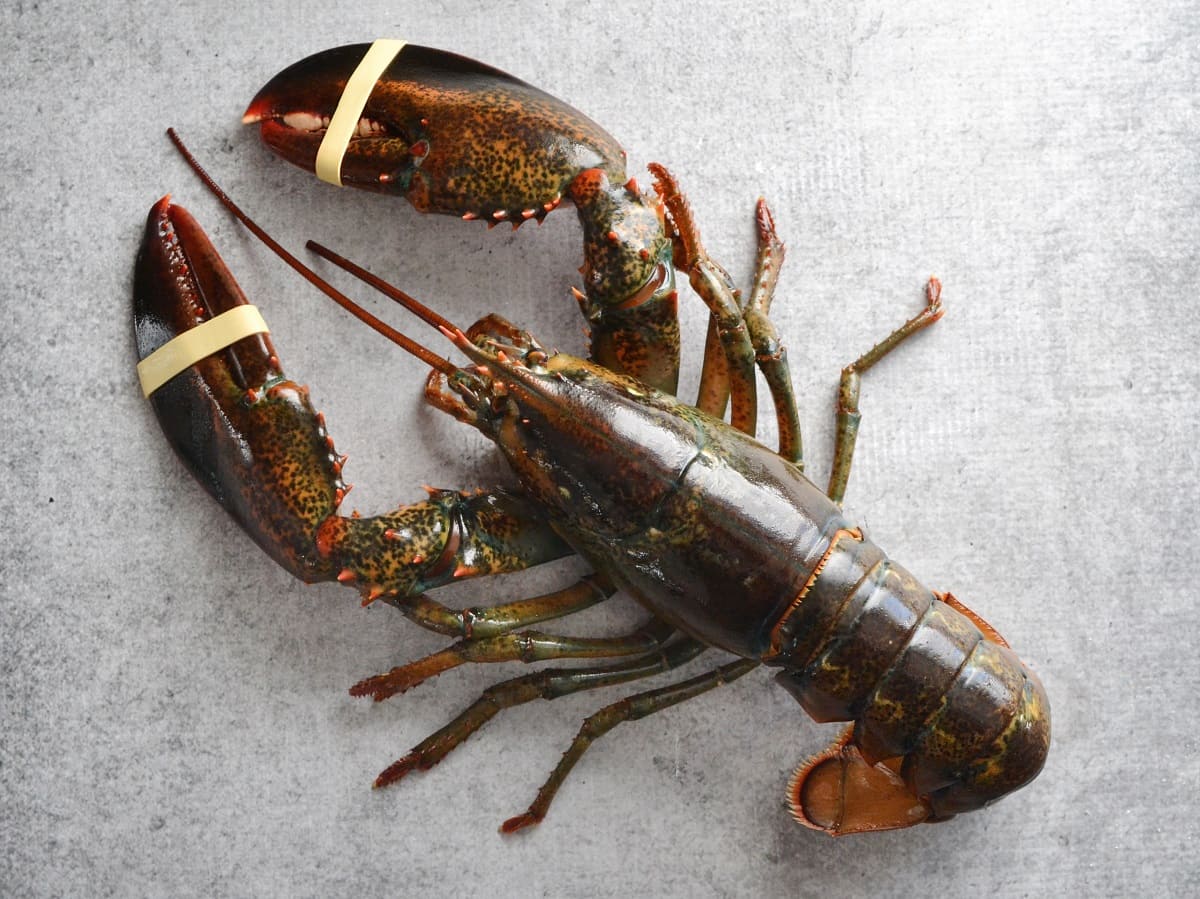
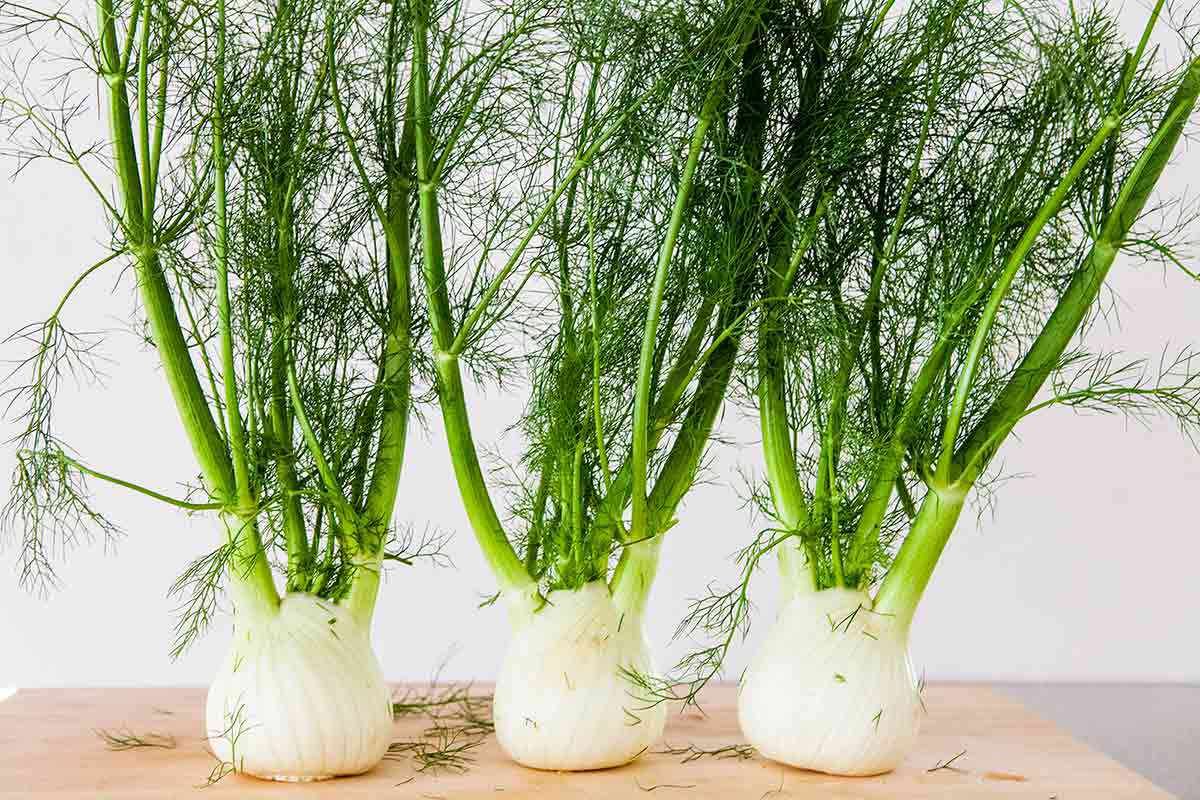
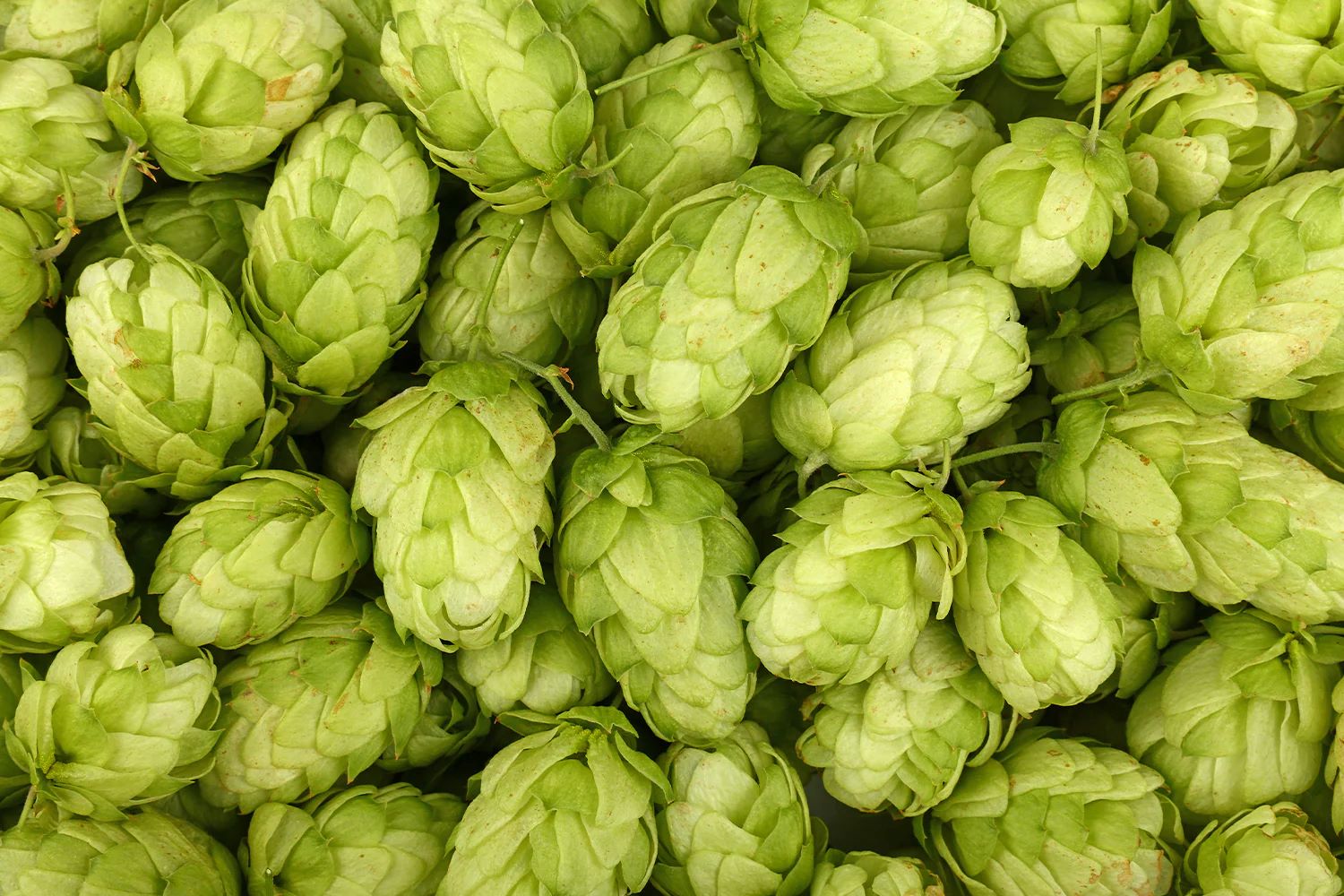

0 thoughts on “How To Store Fresh Lobster”